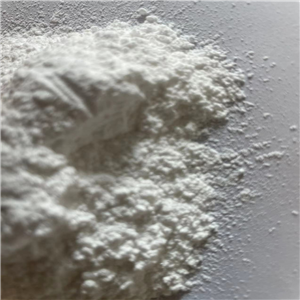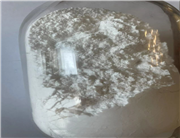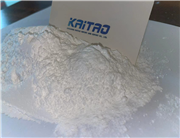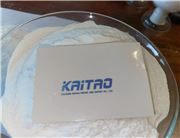Character editing speech
The product is white or quasi-white crystalline powder; Odourless. The product is soluble in glacial acetic acid, soluble in methanol, slightly soluble in ethanol or acetone, very slightly soluble in chloroform, almost insoluble in water. Melting point The melting point of the product (Appendix ⅵ C) is 142 ~ 148℃, and simultaneous decomposition occurs during melting.
Storage and expiration editing speech
Shade, seal and store in dry place.
Preparation specifications edit speech
Tamoxifen citrate tablets
Category Edit voice
Antineoplastic drugs.
Identify and edit speech
(1) Take appropriate amount of the product, add acetic anhydride - pyridine (1:5.5) 5ml, shake well, put in a water bath to heat, the color of the solution from yellow to red. (2) the solution containing 10μg per 1ml was prepared by adding anhydrous ethanol. The maximum absorption was determined by spectrophotometry (appendix ⅳ A) at the wavelength of 238nm and 278nm. ⑶ The infrared absorption spectrum of the product should be consistent with that of the control (spectrum set 265).
Check edit voice
After drying, the product was dried in 105℃ for 4 hours, and the weight loss should not exceed 0.5% (Appendix ⅷ L). E- isomers were determined by HPLC (Appendix ⅴ D). Chromatographic conditions and system applicability test: octadecylsilane bonded silica gel was used as filler; Acetonitrile-phosphate buffer (0.9g sodium dihydrogen phosphate, 4.8g N, n-dimethyloctyl amine, add water to 1000mL, adjust pH value to 3.0 with 2mol/L phosphoric acid solution) (40:60) as the mobile phase; The detection wavelength is 240nm. The number of theoretical plates calculated according to tamoxifen citrate peak should not be less than 2000, and the separation degree of E- and Z- isomer peaks should meet the requirements. Determination of the amount of the product, adding mobile phase to make a solution containing 0.2mg per 1mL, as the test solution; A solution containing 1.0μg per 1mL of e-isomer reference substance was prepared by adding mobile phase. Take 20μ L of each of the above two solutions, inject them into the liquid chromatograph, and record the chromatogram. If the chromatogram of the test solution is corresponding to the reference solution, its peak area should not be greater than the peak area of the main component of the reference solution (0.5%).


 China
China





